Underwater ROV “Alioli”
This time I have decided to write this article in English because I have been able to get a lot of information. Thanks to that, most of the information I found to help me with...
Filter by Category
Filter by Author
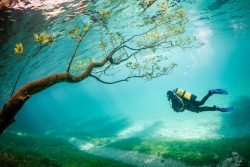
This time I have decided to write this article in English because I have been able to get a lot of information. Thanks to that, most of the information I found to help me with...
Posted by Juanmi Taboada
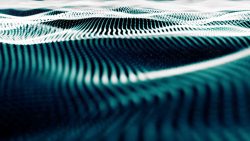
🇬🇧 Read it in English, “GenCreate, GenUpdate, GenDetail and GenDelete“ En el último artículo describíamos Codenerix GenList para comenzar a usar los listados de CODENERIX. Ha...
Posted by Juanmi Taboada

🇬🇧 Read it in English, “GenList“ Anteriormente hablábamos sobre CodenerixModel para entender como se construye un modelo funcional con CODENERIX. Sin embargo, para que...
Posted by Juanmi Taboada
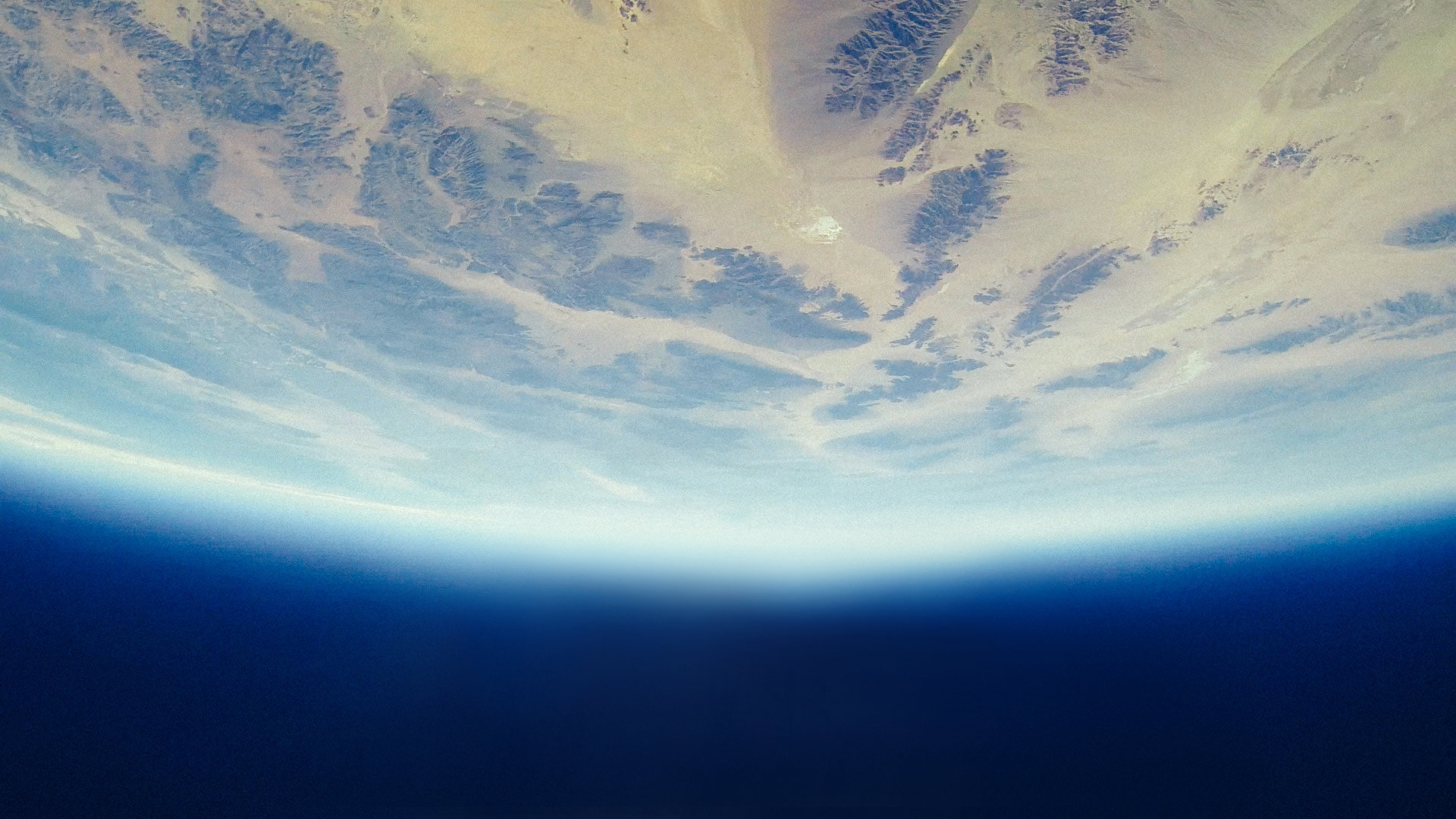
🇬🇧 Read it in English, “CodenerixModel“ En el artículo anterior hablábamos sobre CODENERIX y sus bondades. Ahora vamos a comenzar una serie de artículos que permitan...
Posted by Juanmi Taboada

Tal y como Google anunciaba en su blog oficial, aquellos usuarios que accedan al calendario desde la web comenzarán a ver un nuevo diseño mucho más limpio basado en el estándar de...
Posted by Juanmi Taboada

Poodle se convierte en una amenaza para la red, se recomienda desactivar SSL3 del navegador. Hace tan sólo 2 días Google reveló una nueva vulnerabilidad que afecta a la...
Posted by Juanmi Taboada

¡¡¡ATENCIÓN: ESTE ES UN COMUNICADO DE VITAL IMPORTANCIA PARA SU EMPRESA!!! Desde finales de la semana pasada se habla en las noticias del Ransomware Wannacry y esta...
Posted by Juanmi Taboada

Open South Code – 5 y 6 Mayo (La Térmica, Málaga) EVENTO GRATUITO DE SOFWARE LIBRE CREATIVIDAD, TENDENCIAS EN PROGRAMACIÓN, FUTURO Tiene lugar la 2ª edición del...
Posted by Juanmi Taboada
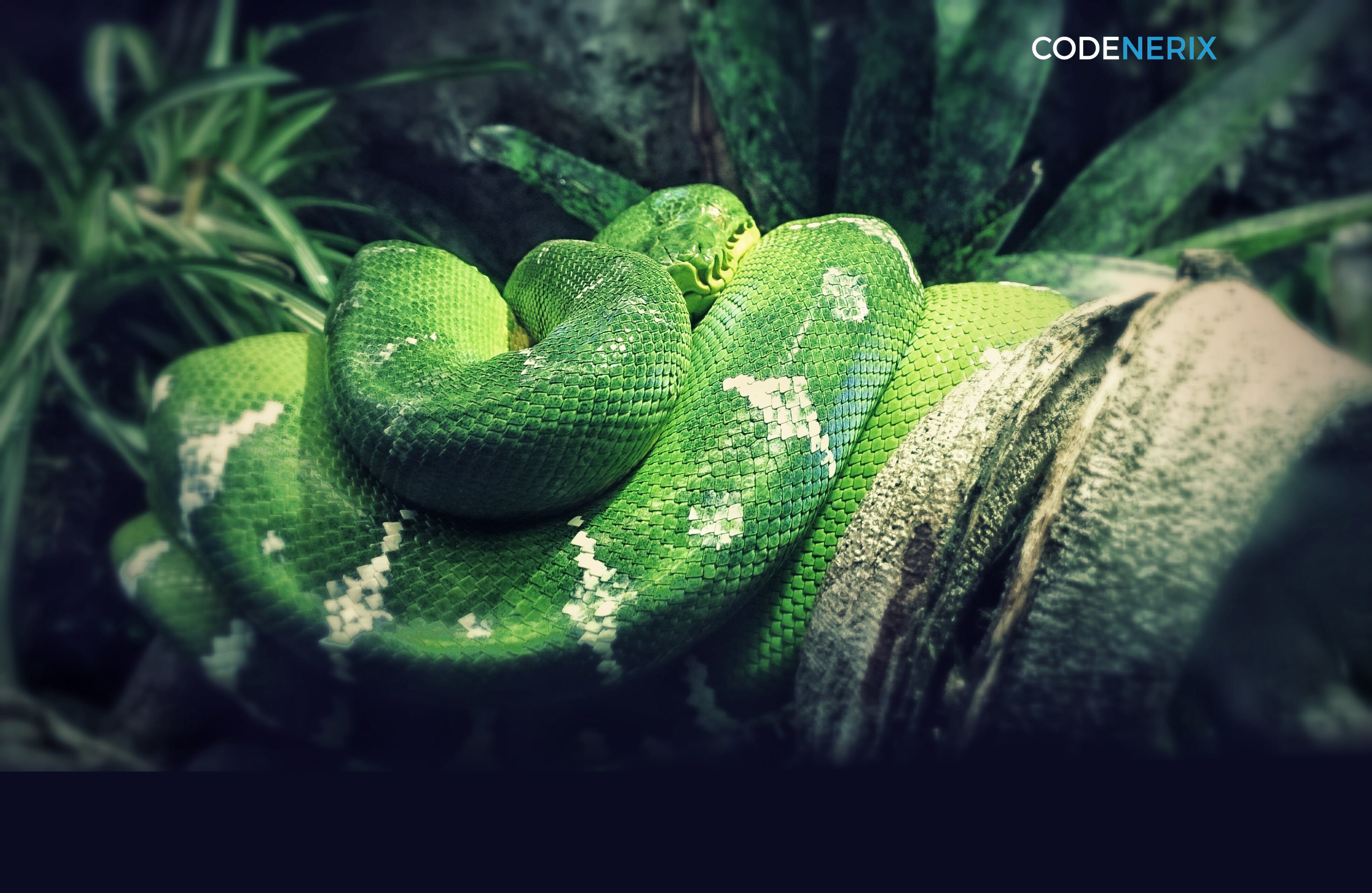
🇬🇧 Read it in English, “What is it CODENERIX?“ Es el nombre que recibe el software libre generado por Centrologic para desarrollo de herramientas de gestión...
Posted by Juanmi Taboada
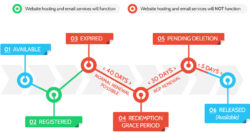
En este artículo hablamos del ciclo de vida de un dominio. El nombre de dominio está registrado o renovado. Los nombres de dominio pueden estar registrados o...
Posted by Juanmi Taboada
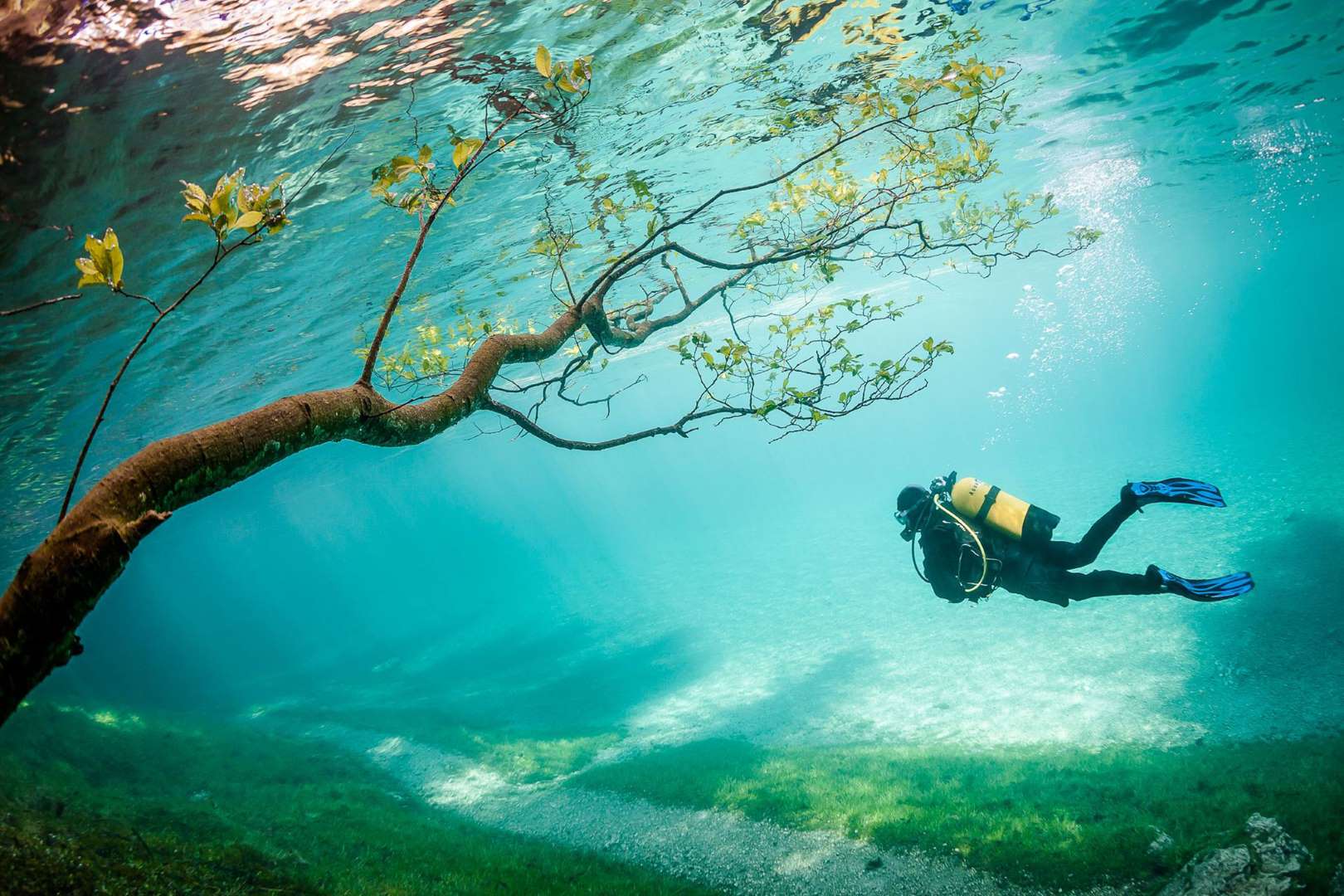
This time I have decided to write this article in English because I have been able to get a lot of information. Thanks to that, most of the information I found to help me with this project was in English.
A long time ago, I tried scuba diving, and after some time, I decided to do a course to get my PADI certificate.
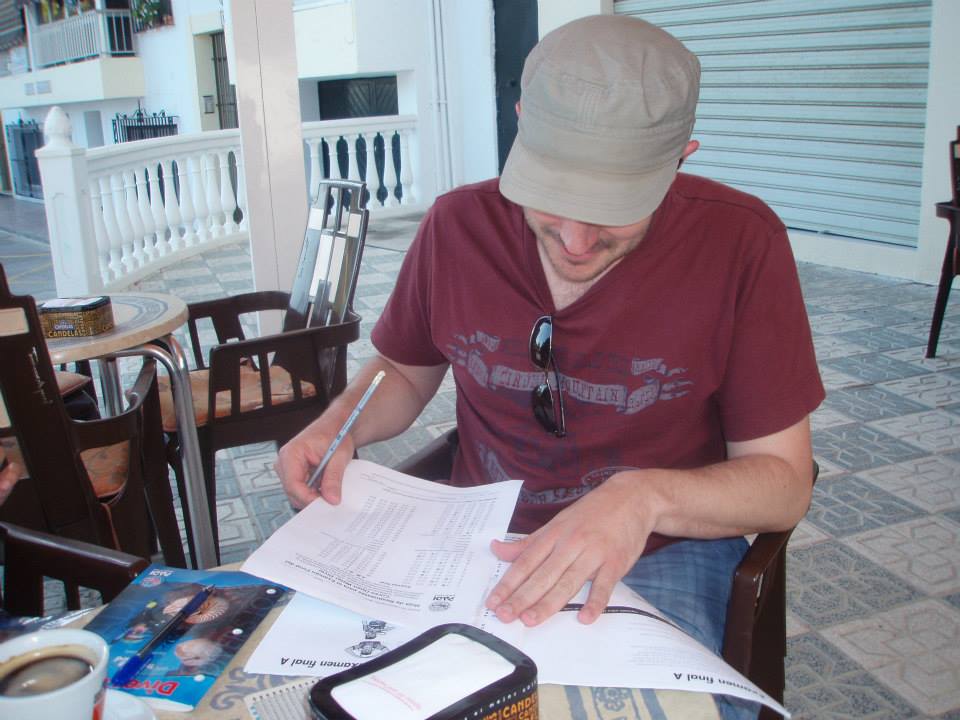
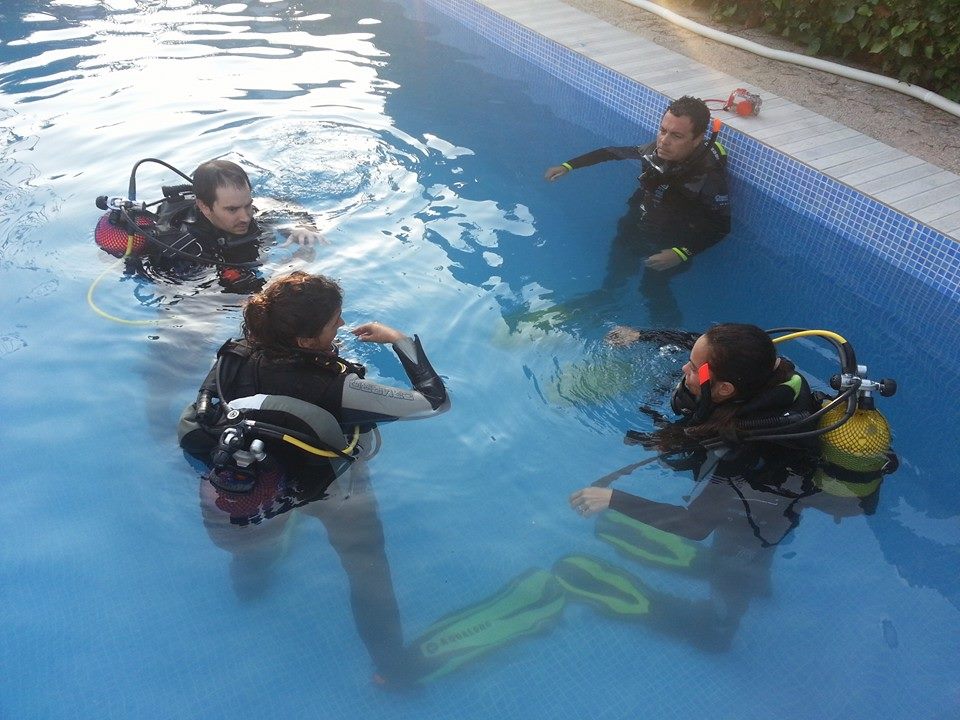
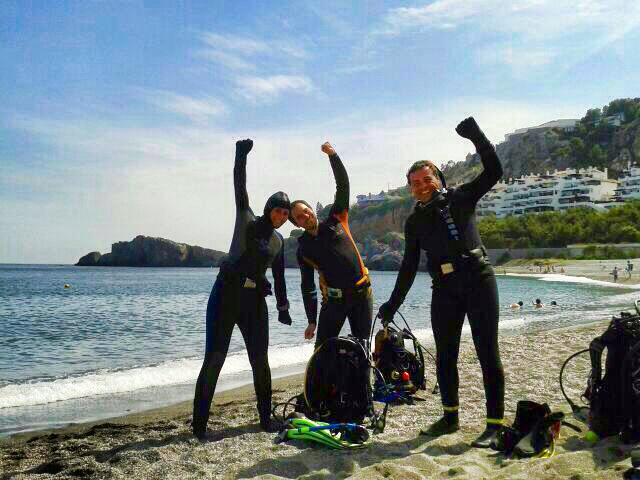
From that moment, I started dreaming about getting 3D previsualization of the underwater areas where I was doing scuba diving. So I told myself that I would get an Underwater ROV done for this purpose someday.
I don’t know if we are in the right moment of that “thought future”, but there is never a wrong moment to start doing something different, something new, something that teaches you, something unimaginable. So, some weeks ago, I decided to continue this project. I will be publishing my immediate improvements in several posts.
The process of building something is just a step-after-step process. First, point to some near and easy target and go for it, then find another checkpoint that improves the first one and then go for it until your small thing is getting more extensive and reliable.
The first step for me was to get enough information about whatever it will be my Underwater ROV (named “Alioli” because of my kid’s name Alan & Oli, in Spanish “&” is read as “e”, so it sounds and said in English as “Al-e-Oli”…but also Alioli is a famous sauce in Spain made of “mayonnaise with garlic”).
During the process, I got these tips:
You should know that there are 3 kinds of connections for the O-ring:

The O-ring (“Junta Tórica” in Spanish) should work like the first image “TORICA1”, being the O-ring a little bigger than the distance between the wall and the cover. In this way, the o-ring will not deform more than it should, and deformation will end. Then the cover will hit the wall when it is closed strongly.
As you can see in the image “TORICA2”, when the cover is closed very strongly the O-ring will deform as it would be a flat join.
The way is done in “TORICA3” is also right, but it is more difficult to cut the cover, so I will go for the way it is done in “TORICA1”.
It is very important that O-rings won’t move. They should be clean when installed. You can put a little silicone grease so they won’t overdry and slide properly when closed. They should get to their right place and position comfortably and softly.
A little grease means it should be shiny but don’t put too much because it will affect the isolation, get grains of sand or hair stuck too easily, and this will bring problems when they are supposed to work underwater.
This is the basic information you should know about pressure underwater:

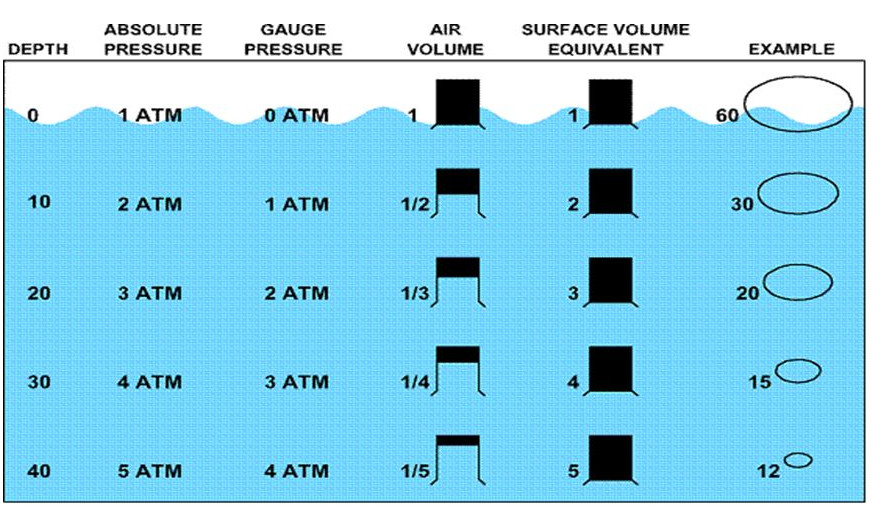
The next article details “How I designed the frame for my Underwater ROV“.

En primer lugar debemos conocer que para que exista el fichero .ibd debemos tener activado el sistema de almacenamiento Barracuda mediante la separación de ficheros por cada tabla...
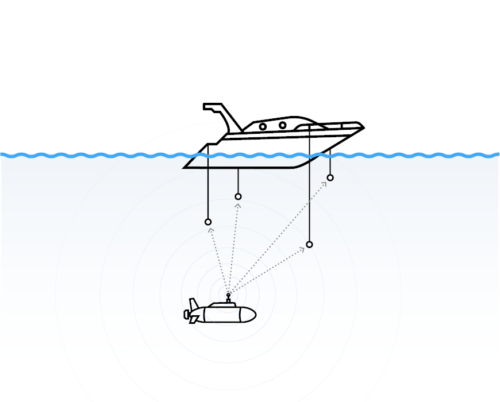
During our operations, very often, we use a Waterlinked Underwater GPS. This helps us to keep track in 3D of our movements and link video recording’s timing and telemetry to...
Nice Job, good luck with your “alioli”
Awesome project Juanmi!
Muy buen trabajo Juanmi, sigo tus publicaciones desde que empezaste con el ROV, tambien estoy haciendo uno pero no lo tengo tan adelantado, he estado un tiempo atascado con el programa, ahora ya me funciona casi como yo quiero.
Un saludo